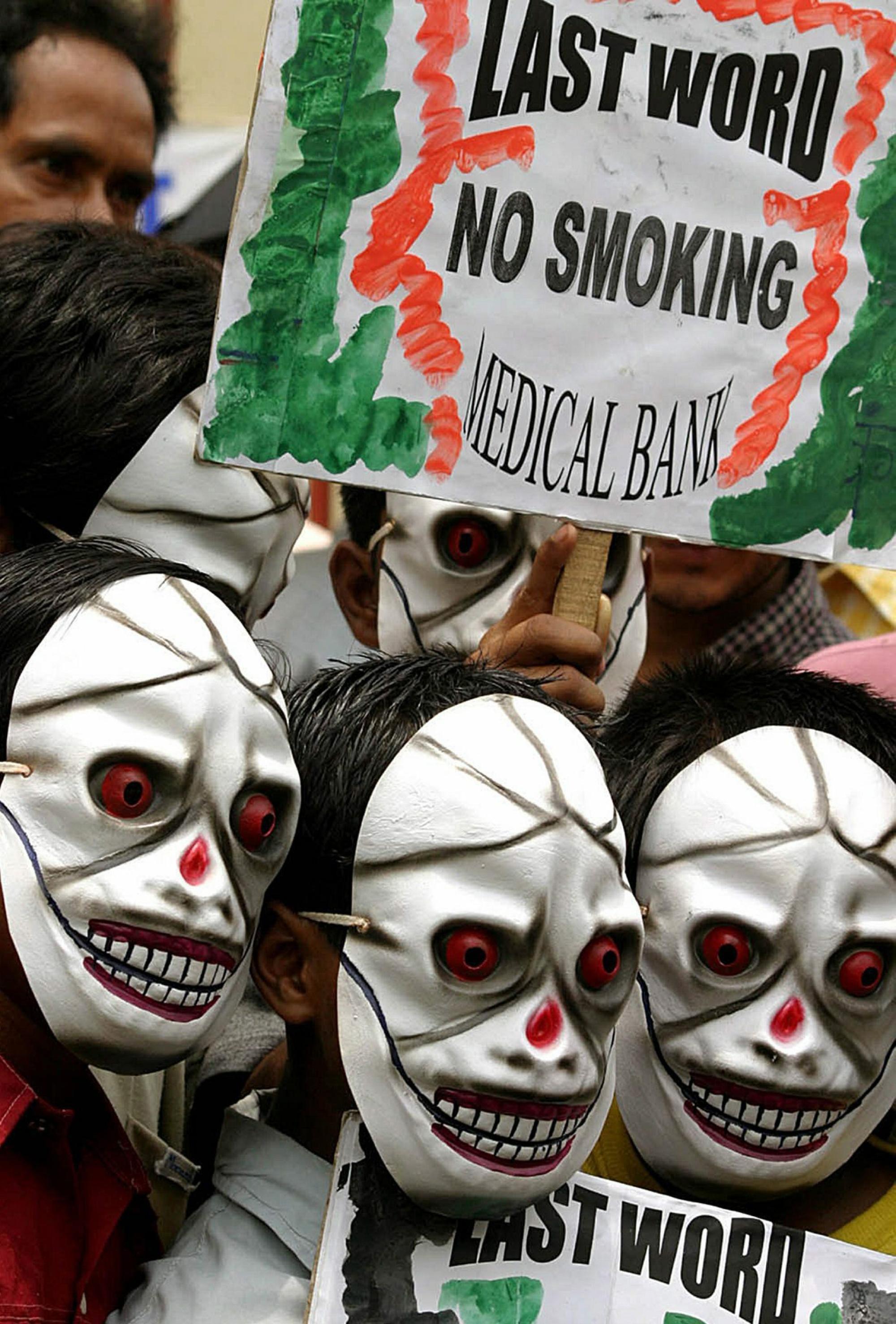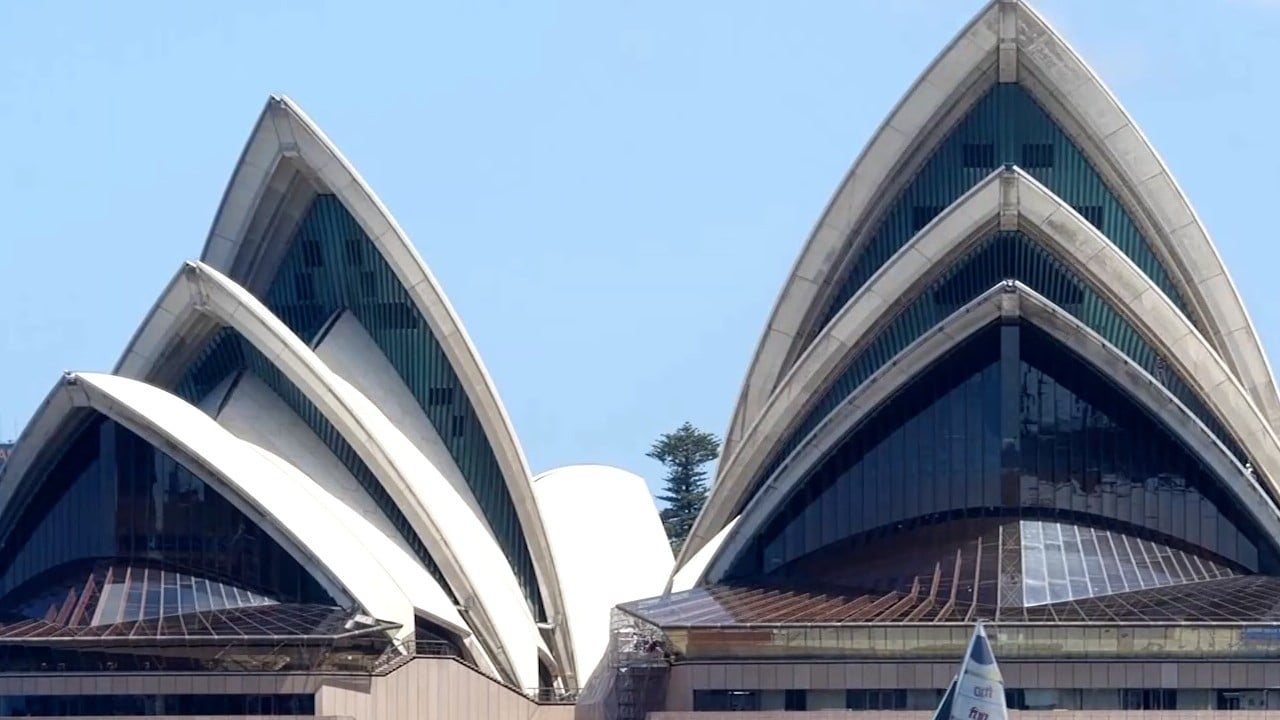
How raising tobacco taxes can save lives and cut poverty across the Asia-Pacific
- One study of six Asia-Pacific countries, found for every unit of local currency invested in rising tobacco taxes, countries earn between 20 to 1,057 units in return over 15 years
- Smoking is responsible for nearly half of the difference in death rates between rich and poor, meaning measures to reduce smoking disproportionately benefit the poor
The human costs of tobacco and smoking worldwide are enormous, an estimated 1.3 billion people use tobacco, mainly in low and middle-income countries. More than 8 million people die prematurely from tobacco use, resulting in at least US$1.4 trillion in annual economic losses. And you don’t have to be a smoker to be harmed: nearly 400,000 women die each year from exposure to second-hand smoke.
That is why it’s worth pointing out a solution that really works, but not enough Asian nations have acted on it: raising tobacco prices through higher taxes.
The payoff for higher taxes
In our study of six Asia-Pacific countries, we found that for every unit of local currency invested in increasing tobacco taxes, these countries would earn between 20 and 1,057 units in return over a 15-year period. That is a remarkable return on investment ratio of between 20:1 and 1,057:1.
And it would be pro-poor, pro-development, and pro-women.
‘Tobacco endgame?’: Malaysia’s divided over plan for age-based smoking ban
Who would benefit most?
Smoking is responsible for nearly half of the difference in death rates between rich and poor, meaning that measures to reduce smoking disproportionately benefit poor people.
It is true that tax increases initially make low-income earners who don’t cut back worse off, but over time the health gains to this segment of the population become more important.
Although the reductions in smoking-related deaths due to higher taxes are concentrated in men, the financial benefits appear to lie with women.
Lower smoking rates also protect female non-smokers from exposure to second-hand smoke at home and at work.

How the Philippines became an Asia-Pacific leader
The remaining 20 per cent of alcohol and vaping excise revenue is allocated to social development, while 5 per cent of tobacco excise tax revenue is earmarked to support tobacco farmers, including to help them switch crops.
Among its many reforms, the Philippines also instituted a whole-of-public sector code of conduct to prevent tobacco industry interference in its public policymaking.
Between 2012 and 2015, substantial tax increases in the Philippines resulted in a 28 per cent drop in cigarette sales, and cut the number of smokers by 3 million, with the largest reductions among the poorest parts of the population.
Despite the Philippines’ example and the clear benefits of significant tobacco tax increases, tobacco tax rates in most low income countries remain low. On average, tax accounts for only 19 per cent of the retail price of cigarettes in low-income countries, compared to 51 per cent in high-income countries.
Singapore mulls smoking ban for young, following New Zealand’s lead
Higher taxes, fewer smokers in Australia and New Zealand
Australia’s rate of tobacco excise has climbed from 19 cents per cigarette in 1999 to A$1.16 (77 US cents), and is set to increase by 5 per cent per year for each of the next three years in addition to normal indexation.
Over that time, the proportion of Australians aged 14 and over who smoke daily has plummeted from 22 per cent to 11 per cent. The Australian government says it wants to get it below 10 per cent by 2025 and to 5 per cent by 2030.
New Zealand has gone even further with its “Smokefree 2025” policy, with a goal that by 2025, fewer than 5 per cent of New Zealanders will be smokers. This strategy includes banning the sale of tobacco products to anyone born after January 1, 2009.
The New Zealand government increased the tobacco taxes annually from 2010 to 2020 in line with inflation plus 10 per cent. Decades of tobacco control efforts, including tobacco taxation, have resulted in smoking rates declining from 36 per cent in 1976 to 13 per cent in 2020.
New Zealand seeks to ban cigarette sales to people born after 2008
Even smokers back higher tax – if it goes to health
Higher taxes on cigarettes are overwhelmingly supported by non-smokers.
But a US study found that when the additional tax revenue is directed to healthcare programmes, they are also overwhelmingly supported by smokers: 60 per cent of respondents, up from 25 per cent if the additional revenue is not allocated.
The tax gap between rich and poorer countries might be due in part to myths such as that increasing tobacco taxes
• disproportionately hurts poor people,
• leads to massive job losses, and
• substantially diminishes government revenue.
Our policy brief debunks these myths with evidence.

Economic stress is brewing in many Asia-Pacific countries, with many under unprecedented pressure from stagnating revenue and growing needs for spending on health, education and social protection.
The UN’s Human Development Index has declined for two consecutive years for the first time since data became available.
These extraordinary circumstances present a unique opportunity to act decisively. One of them should be the taxation on tobacco and other harmful products.



